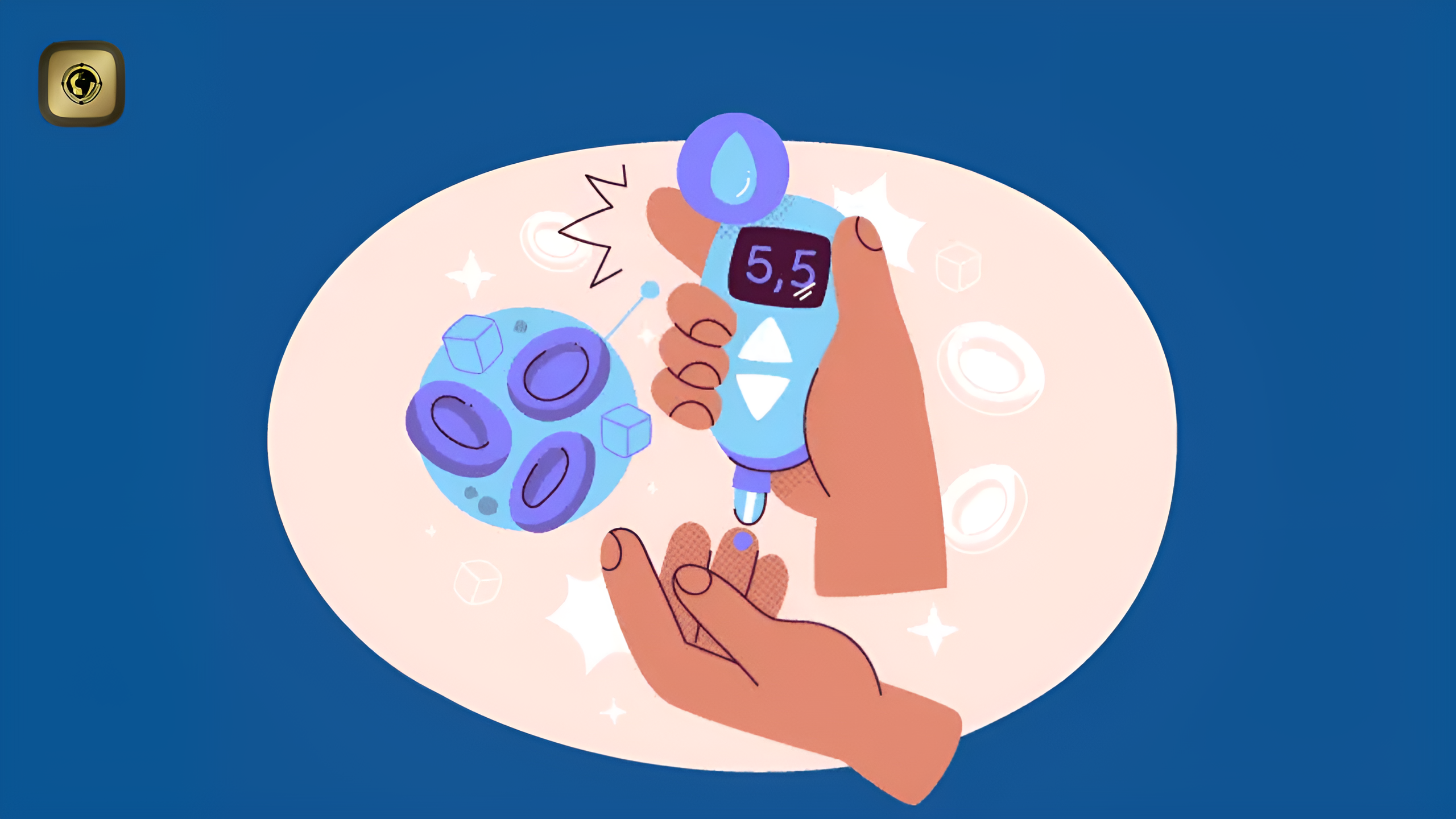March 27, 2025
What is Type 1 and Type 2 Diabetes? Symptoms and Treatment
Diabetes is a condition where the body struggles to maintain proper blood sugar (glucose) levels. Blood sugar is a vital energy source for our body, and insulin, a hormone produced by the pancreas, helps move glucose into the cells for energy. However, in diabetes, either the body fails to produce enough insulin, or the cells cannot use it effectively, leading to increased blood sugar levels and potential health complications.
There are two primary types of diabetes: Type 1 and Type 2, each with distinct causes, symptoms, and treatments.
Types of Diabetes:
- Type 1 Diabetes:
- In Type 1 diabetes, the body does not produce insulin. The immune system mistakenly attacks and destroys the insulin-producing cells in the pancreas.
- This form of diabetes is often diagnosed in children or adolescents and requires lifelong insulin therapy.
- Type 2 Diabetes:
- In Type 2 diabetes, the body produces insulin, but the cells do not respond to it effectively (insulin resistance). Over time, the pancreas may not produce enough insulin.
- Type 2 diabetes is more common in adults and is often linked to factors such as obesity, physical inactivity, and unhealthy eating habits.
Symptoms of Diabetes:
Both Type 1 and Type 2 diabetes share some common symptoms, but the onset and progression can differ:
- Frequent Thirst: Increased blood sugar levels cause dehydration, leading to constant thirst.
- Frequent Urination: Excess sugar in the blood is eliminated through urine, causing increased urination, especially at night.
- Excessive Hunger: The body struggles to convert glucose into energy, leading to constant hunger.
- Sudden Weight Loss: Despite overeating or feeling hungry, weight loss occurs as the body can’t use sugar effectively for energy.
- Fatigue and Weakness: Low energy levels and constant tiredness can result from the body not being able to utilize glucose properly.
- Blurred Vision: Elevated blood sugar can affect the lenses and retina in the eyes, leading to blurred vision.
Causes of Diabetes:
The causes of Type 1 and Type 2 diabetes differ significantly:
- Type 1 Diabetes Causes:
- Autoimmune Reaction: The body’s immune system mistakenly destroys insulin-producing cells in the pancreas.
- Genetic Factors: Family history plays a role in the risk of developing Type 1 diabetes.
- Environmental Factors: Certain infections or viruses can trigger the onset of Type 1 diabetes.
- Type 2 Diabetes Causes:
- Insulin Resistance: The body’s cells become less responsive to insulin, preventing glucose from entering the cells and causing high blood sugar.
- Weak Pancreas: Over time, the pancreas produces less insulin, contributing to elevated blood sugar levels.
- Lifestyle Factors: Obesity, lack of physical activity, unhealthy diet, and high blood pressure are all key contributors.
- Genetic Factors: Family history of diabetes increases the risk of developing Type 2 diabetes.
Treatment for Diabetes:
While diabetes cannot be completely cured, it can be effectively managed. Treatment approaches depend on the individual’s type of diabetes, health status, and lifestyle factors:
- Diet:
- A balanced diet rich in fiber, low in carbohydrates, and low in fats is essential. Monitoring carb intake is crucial for managing blood sugar levels.
- Exercise:
- Regular physical activity helps lower blood sugar levels by improving insulin sensitivity and promoting overall health. Exercise, such as walking, swimming, or cycling, is recommended.
- Medications:
- Insulin injections are a must for Type 1 diabetes, as the body cannot produce insulin.
- Oral medications are commonly prescribed for Type 2 diabetes to help the body use insulin more effectively or encourage the pancreas to produce more insulin.
- Blood Sugar Monitoring:
- Regular blood sugar monitoring is crucial to ensure treatment is effective and to prevent complications. Monitoring helps track blood sugar fluctuations and informs adjustments in treatment.
- Lifestyle Changes:
- Quitting smoking, limiting alcohol intake, and managing stress are essential components of diabetes management.
Summary:
Diabetes is a significant health condition, but with proper management, people can lead healthy lives. This includes adopting a healthy diet, engaging in regular exercise, medications for blood sugar control, and consistently monitoring blood glucose levels. If you’re living with diabetes, it’s essential to follow your doctor’s advice and stay proactive about your health.
In addition to medical management, health insurance from Bajaj Allianz General Insurance can help ease the financial burden of diabetes-related treatment, routine check-ups, and medications.
Frequently Asked Questions:
- What are the early symptoms of diabetes? Early signs include extreme thirst, frequent urination, excessive hunger, fatigue, and weight loss. If these symptoms appear, seek medical advice.
- What is the difference in symptoms between Type 1 and Type 2 diabetes? Type 1 diabetes symptoms develop suddenly and often at a younger age. Type 2 diabetes symptoms tend to develop gradually over time and are more common in adults.
- How can the symptoms of diabetes be treated? The symptoms of diabetes can be managed with a nutritious diet, regular exercise, medications, and consistent blood sugar monitoring.
- What medications are available for diabetes symptoms? Medications for diabetes include insulin (for Type 1 diabetes) and oral medications like metformin (for Type 2 diabetes). Your doctor will prescribe the right treatment based on your condition.
- How soon can the symptoms of diabetes appear? The onset of symptoms varies by individual and type of diabetes. In Type 1 diabetes, symptoms can develop over a short period, while Type 2 diabetes may develop over several years before noticeable symptoms arise.
- Why can the symptoms of diabetes appear suddenly? Sudden symptoms often result from infections, stress, or other factors like surgery, which can raise blood sugar levels and bring out symptoms.
Managing Type 1 and Type 2 diabetes effectively involves a combination of healthy lifestyle choices, medications, and regular monitoring. It’s crucial to stay on top of your condition with the guidance of healthcare professionals, and consider securing health insurance to ensure you’re financially covered for ongoing care and treatment.



Leave A Comment